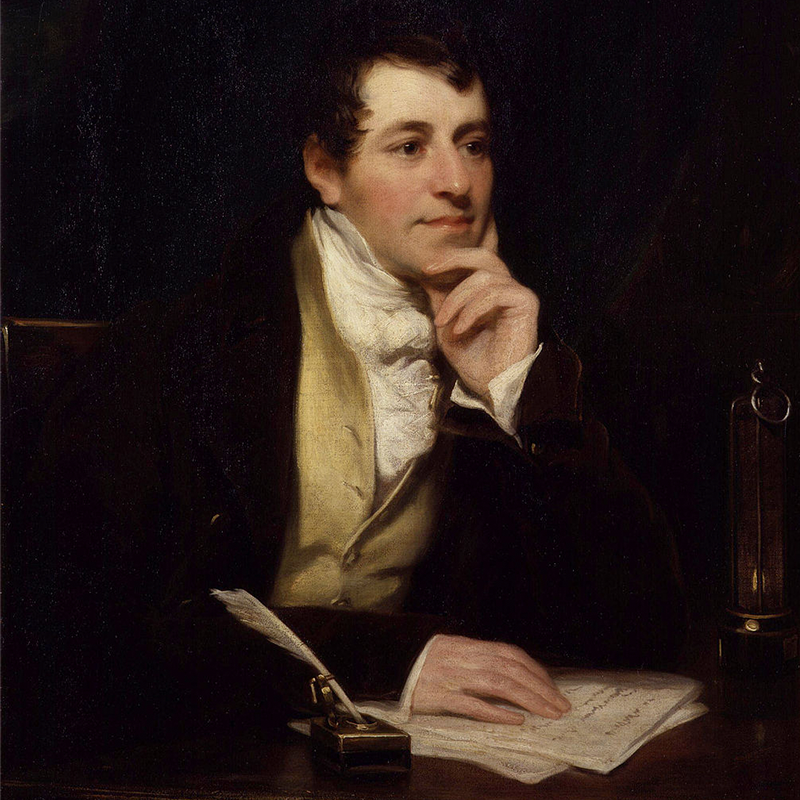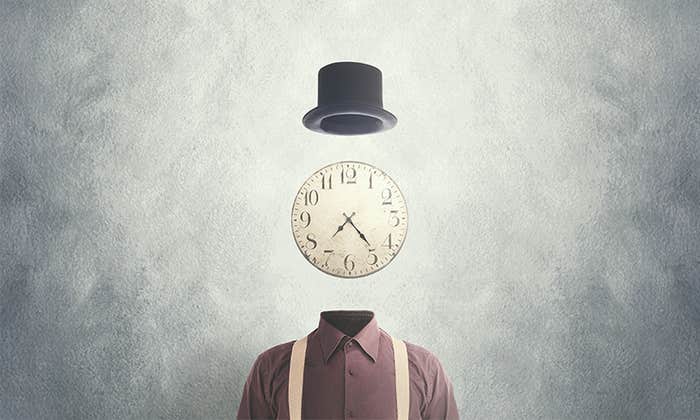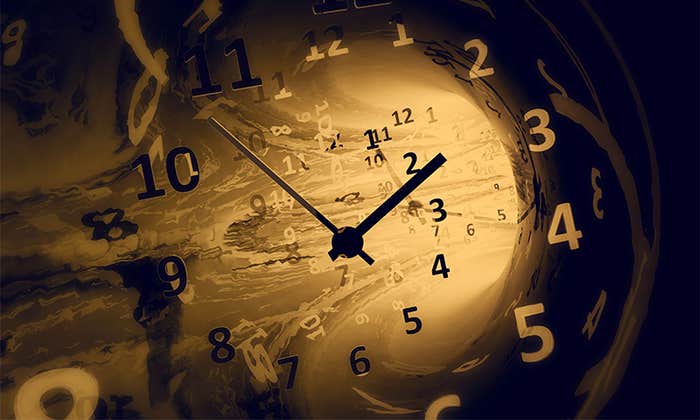Nullius in Verba—Nothing on authority. In 1660, on the eve of its founding, The Royal Society of London took this defiant Latin phrase as its motto. For the United Kingdom’s main scientific body, it announced a new way of thinking that came to dominate the scientific revolution: Classical and scholastic authority could prove apocryphal. Only direct evidence, generated by experiment and first-person observation, revealed scientific truth.
Evidence was everything, and leading scientists of the era, including Isaac Newton and Robert Boyle, developed a system for classifying it. Qualities such as size, shape, or weight, which were directly measurable, were referred to as “primary” evidence. Texture, taste, or feelings that described human sensations and responses were considered “secondary.” While primary evidence was easier to collect and test, sensation and perception were considered legitimate fields of inquiry, and certain classes of data could only be demonstrated by self-experiment.
“I feel like the sound of a harp.”
In a famous and graphic example, when Isaac Newton wished to establish whether a change in the curvature of the eye would present a distorted image to the perceiver, he took a large needle, or bodkin, and stuck it as far into his eye as he could. He then described in detail the colored circles that appeared to him. It was not possible to present direct evidence for these shapes, since they only existed in Newton’s mind, yet his fellow philosophers were not obliged simply to accept Newton’s word for them. The experiment was described in such a way that any skeptic, if they so wished, could try it out on themselves.
This was also the case for drugs that acted on the mind. Like the circles in Newton’s vision, the changes in thought, mood, sensation, or perception they produced were secondary qualities, but this did not mean they were delusions. There was no correct or perfect way to present them, yet they offered unique insights into mental functioning. The language that offered itself most plausibly for describing them was that of medicine, in which the physician could only report the patient’s sensations and state of mind at second hand, but could add judicious glosses and interpretations suggested by their professional learning and experience of similar cases.
Robert Hooke, curator of experiments at the Royal Society, provided some of the earliest testimony, describing in detail the effects of the many drugs he used for overlapping purposes: verifying medical claims, managing his pain and moods, and “refreshing” himself during social and business meetings in the coffee houses he frequented in the afternoons. Hooke documented impressions not just of alcohol, chocolate, tea, coffee, and tobacco, but also of cannabis. On Dec. 18, 1689, as part of a lecture he delivered at the Royal Society entitled “An Account of the Plant, Call’d Bengue,” or cannabis, Hooke detailed his own experience with the drug, in the third person:
This Powder being chewed and swallowed, or washed down, by a small Cup of Water, doth, in a short Time, quite take away the Memory & Understanding; so that the Patient understands not, nor remembereth any Thing that he seeth, heareth, or doth, in that Extasie, but becomes, as it were, a mere Natural, being unable to speak a Word of Sense; yet is he very merry, and laughs, and sings, and speaks Words without any Coherence, not knowing what he saith or doth; yet is he not giddy, or drunk, but walks and dances and sheweth many odd Tricks; after a little Time he falls asleep, and sleepeth very soundly and quietly; and when he wakes, he finds himself mightily refresh’d, and exceeding hungry …
Such perceptual and bodily experiences—of the kind elicited by doctors with the question “how do you feel?”—were not able to produce the kind of replicable results generated by vacuum pumps or thermometers. But in its place an informal criterion of expertise emerged, dubbed by the historian of science Simon Schaffer “the Cartesianism of the genteel”: the assumption that trained or educated observers were capable of using their minds to assess the evidence of their bodies—or, in the terms established by the philosophy of John Locke, of separating the intellect from the passions. As in Hooke’s case, it became the convention to relay such evidence in the third person or passive voice favored by physicians, with the confessional first person confined to diaries and private records.
“Trains of vivid and visible images rapidly passed through my mind.”
As pharmacology developed through the 18th century, this language of quasi-medical reportage became firmly entrenched. Self-experiment with drugs was common practice, for ethical as well as practical reasons: Physicians were obligated to treat the sick according to the Hippocratic oath, doing no harm, and experimenting on them was the mark of an unscrupulous quack.
Practicing physicians were also aware that responses to drugs could vary widely between individuals. The growth of physical observation and measurement revealed that mind and body influenced each other in mysterious ways, and that even directly experienced phenomena could be proven false. One famous example was the committee set up in 1784 by the French Royal Academies of Science and Medicine, under the aegis of Benjamin Franklin, to investigate Anton Mesmer’s theory of animal magnetism or mesmerism. “There is no proof of the existence of the Animal Magnetic fluid,” the committee’s report concluded. The lesson for self-experimenters was that hypervigilance to one’s own sensations could overinterpret the evidence of the body or generate symptoms based solely on expectation.
For the generation that followed, however, subjectivity was the new frontier of scientific knowledge. The inward turn emerged from the philosophy of Immanuel Kant, whose treatise of 1781, Critique of Pure Reason, made a primary distinction between the “phenomenal” world—reality as revealed by sensation and perception—and a “noumenal” world of ideas and categories, including God, that existed prior to and independently of human experience. According to Kant’s distinction, the world as received via the senses was not the accurate reflection of an external reality but a construct, shaped by the human senses and limited by the parameters of the human mind.
This theory was strikingly corroborated in a series of drug experiments by the young chemist Humphry Davy. In 1799, at the age of 20, Davy was hired as the chemical assistant at the Medical Pneumatic Institution in Bristol, an experimental project initiated by the pioneering physician Thomas Beddoes for synthesizing and testing gasses in the treatment of lung conditions. One of the first compounds Davy created in the laboratory was nitrous oxide, a recently discovered gas that was believed to be highly toxic. Davy suspected this belief resulted from a confusion with a related compound, nitric oxide, a red-brown gas that was a powerful irritant. “I made a discovery yesterday which proves how necessary it is to repeat experiments,” he wrote to his and Beddoes’s friend Davies Giddy in April 1799; “The gaseous oxide of azote [nitrous oxide] is perfectly respirable when pure.”

Excited to have established a virgin field of inquiry, Davy and Beddoes heated ammonium nitrate crystals in an alembic and collected the escaping gas in an air holder, from which Davy inhaled through a breathing tube. As he filled his lungs, he noticed an unexpected sensation, “a highly pleasurable thrilling in the chest and extremities.” As he continued, “the objects around me became dazzling and my hearing more acute,” and the sensations built toward a climax in which “the sense of muscular power became greater, and at last an irresistible propensity to action was indulged in.”
Beddoes recorded that Davy leapt violently around the laboratory shouting for joy. For his own part, Davy retained only vague recollections of these ecstatic moments, and were it not for the scrawled notes he discovered the following morning, “I should even have doubted their reality.”
Unlike the speculative animal fluids of Mesmer, there was no doubt about the material cause of this paroxysm of pleasure. Nitrous oxide—first isolated by Joseph Priestley, who had named it “dephlogisticated nitrous air”—was a chemical substance with a known synthesis, and the experiment could be replicated and verified in any home laboratory. The effects of the gas, however, could only be captured in first-person testimony.
Davy was quick to elicit such testimony, and was perfectly placed to do so. The Pneumatic Institution was a hub for Bristol’s freethinking writers, philosophers, and physicians, and over the summer of 1799 dozens of them came to visit and experience the gas which the poet Robert Southey, the first of his friends to whom Davy had offered it, described as “the wonder-working air of delight.” After his first dose, Southey wrote to his brother that “Davy has actually invented a new pleasure for which language has no name.” Exploring it further was an invitation and a challenge that the keenest minds of Bristol were eager to accept.
As the experiments progressed, Davy realized that a new “language of feeling,” as he called it, was required to describe the effects of the gas. The standard question of medical description, “How do you feel?,” was tested to its limits by a torrent of sensations that encompassed dizziness, tingling, a sense of mental exhilaration, and onrushing cosmic epiphany that rapidly dissolved into incoherence and, frequently, hysterical laughter with no obvious cause. Davy and Beddoes attempted a few trials on patients with lung diseases; one responded to the question with, “I do not know, but very queer.” Another responded, obliquely but suggestively, “I feel like the sound of a harp.”
“The universe is composed of impressions, ideas, pleasure and pains!”
During the evenings they experimented further on healthy volunteer subjects. When Davy set the chemical reaction bubbling and offered a new subject a green silk bag of the gas, he often began by giving them a dose of ordinary air to rule out any elements of suggestion or expectation. Once they had recovered from a lungful of the real thing, he asked them to write a brief description of their experience. As one of the volunteers, the surgeon Thomas Hammick, wrote after his intoxication, “We must either invent new terms to express these new and peculiar sensations, or attach new ideas to old ones, before we can communicate intelligibly with one another on the operations of this extraordinary gas.”
Nitrous oxide, for Davy and his circle, collapsed the distinction between the intellect and the passions: It stimulated both, with equal intensity. It was a profoundly embodied experience, susceptible to external measurements—for example, the amount of gas that was inhaled, or had dissolved into the bloodstream—but not reducible to them. It asked profound questions about the relation between mind and body: How could inhaling an artificially created chemical affect not merely the breathing and the pulse, but the emotions, the sense of wonder, and the imagination?
Davy’s ground-breaking report on the experiments, Researches Chemical and Philosophical, Chiefly Concerning Nitrous Oxide and its Respiration (1800), yoked body and mind, intellect and passion together with a structure that ascended from the chemical to the medical to the sublime. Its opening section was a description of nitrous oxide’s chemistry and synthesis; the next was a precise account of its physiological action, and it concluded with the subjective reports of over 30 volunteer subjects. Davy’s own contribution, after absorbing as much gas as humanly possible by enclosing himself in an airtight box filled with it for an hour and a quarter, gave the language of feeling full rein:
I heard every distinct sound in the room and was perfectly aware of my situation. By degrees as the pleasurable sensations increased, I lost all touch with external things; trains of vivid and visible images rapidly passed through my mind and were connected with words in such a manner, as to produce perceptions perfectly novel. I existed in a world of newly connected and modified ideas. I theorised; I imagined I made discoveries … As I recovered my former state of mind, I felt an inclination to communicate the discoveries I had made during the experiment. I endeavoured to recall the ideas, they were feeble and indistinct; one collection of terms, however, presented itself … Nothing exists but thoughts! The universe is composed of impressions, ideas, pleasure and pains!
Davy’s scientific ambition demanded that he push his experiments to the limit and experience the effects of the drug at their most intense. This in turn required a break with the impersonal conventions of medical reportage in favor of a first-person testimony that fused the roles of observer and experimental subject. He developed his “language of feeling” in parallel with that of the young poets among his volunteers, Robert Southey and Samuel Taylor Coleridge, who were also seeking a novel and introspective language to capture feelings and states of mind never previously described.
Davy aspired to be a hero of science, comparing himself in his youthful notebooks to Sir Isaac Newton, but his version of science took on the qualities of the dawning Romantic age and of its most exalted quality, genius. In theory, there was no role for genius in experimental science, since data was replicable and detachable from individual personality; but self-experiment, in Davy’s hands, had produced results inseparable from the dazzling mind of its subject. Subjective visions could in theory be confirmed by other researchers; but Davy represented a new breed of experimenter, both rigorous mechanic and inspired genius, prepared to take scientific discovery to heroic limits. ![]()
Read our interview with Mike Jay here.
Excerpted from Psychonauts: Drugs and the Making of the Modern Mind, by Mike Jay. Copyright © 2023. Reprinted by permission of Yale University Press.
Lead image: fran_kie / Shutterstock




























